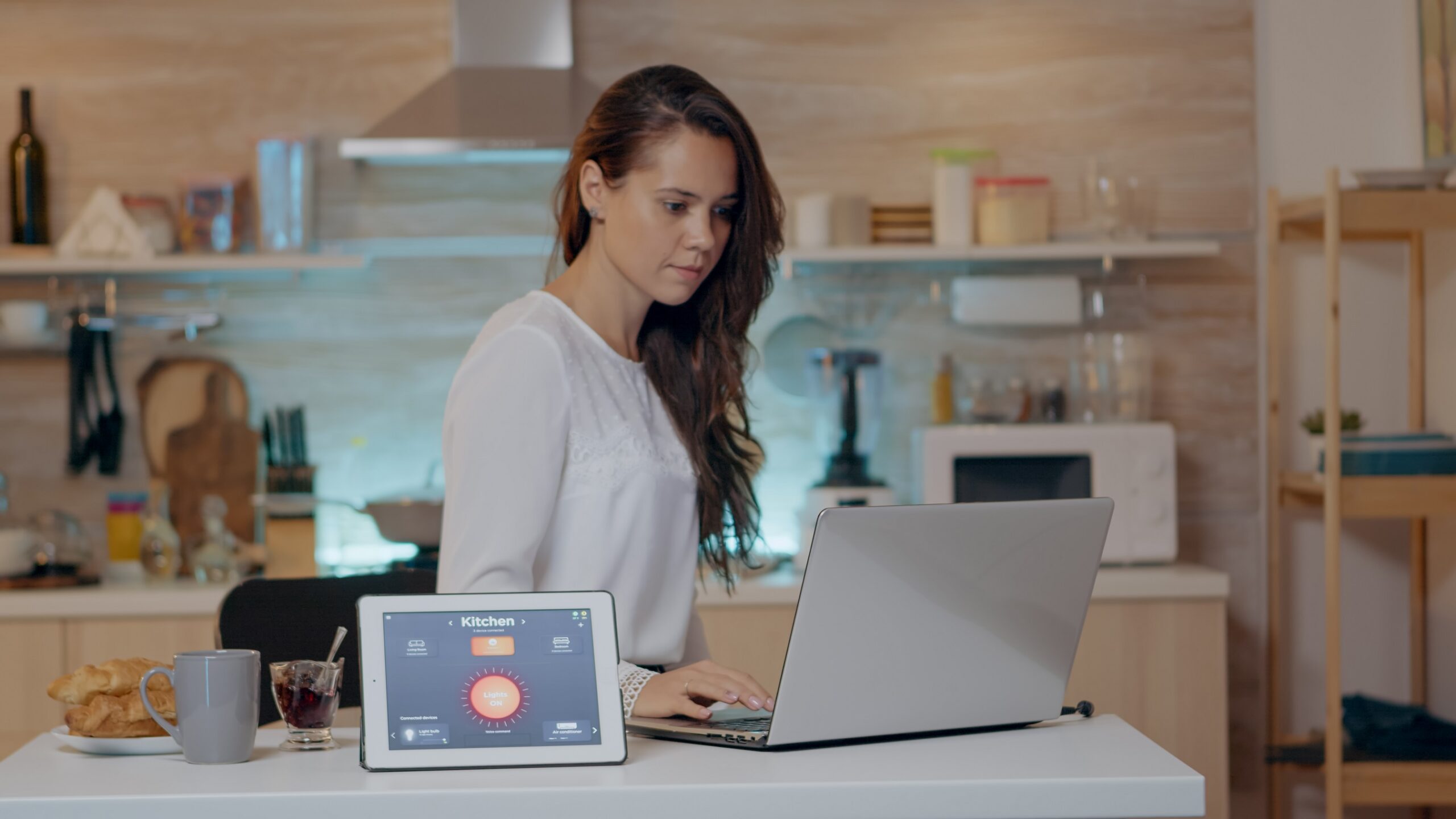A system of sensors, data transmission networks, information displays and incident responses can make a home more comfortable, safer, and more economical. There are plenty of components and ready-made Smart Home out-of-the-box systems available on the market.
An employee of Epol Soft made his home a smart home by using special devices, open protocol systems, and an Internet of Things platform. Our colleague implemented two Smart Home projects in different apartments. Today, we will talk about what prompted the creation of the system and how helpful it is.
First project: Pandemic and the wish to be productive while working remotely.
How did it all start? It started with the desire to be productive while remotely working during the pandemic. It ended with three working tools:
- In most “older” apartments, light switches are located outside the reach of children. However, working from home with a child requires constant attention to household chores, including turning lights on and off in different rooms such as the hallway, bathroom, children’s room, kitchen, etc. This reduces attention and productivity. To minimize distractions from work, smart switches controlled via Wi-Fi were installed. This allowed turning lights on and off without leaving the computer and getting distracted from work tasks.
- Motion sensors helped save electricity and were just convenient. They operated according to selected scenarios, such as automatic activation during daylight hours and forced activation during nighttime.
- Having experienced the benefits of remote control over home devices, the project creator proceeded to create a system for monitoring the internal microclimate by installing temperature sensors in the apartment.
Using equipment from different manufacturers led to some inconveniences: managing and viewing information in multiple applications and browsers because there was no unified Internet of Things platform. For the convenience of lighting control and temperature data viewing, the employee created a unified interface with buttons for turning lights on and off and displaying temperature data in the room.
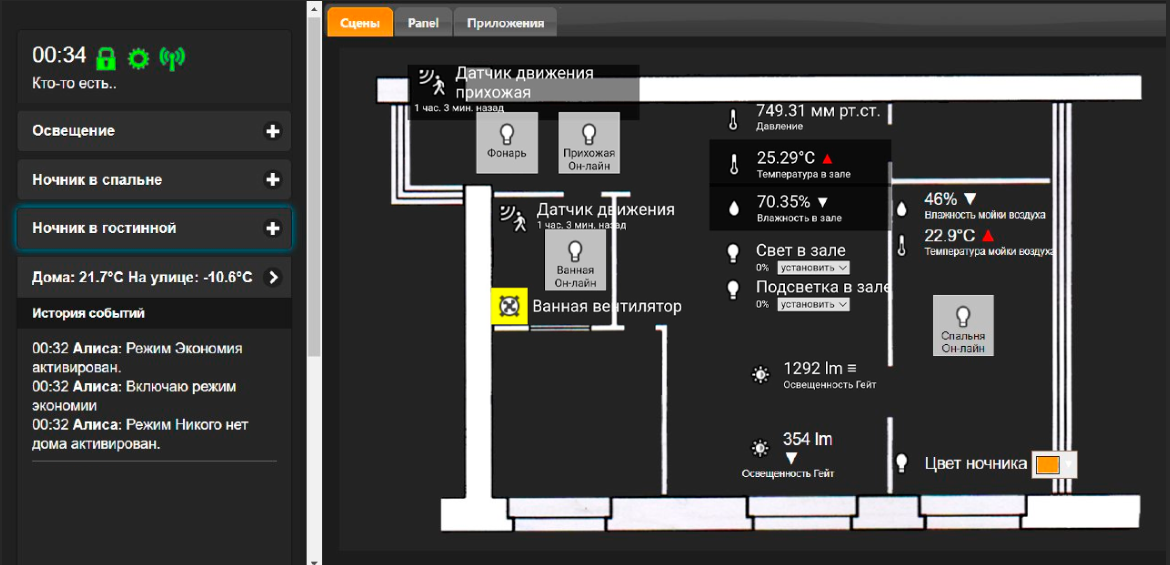
System dashboard.
The first project was completed with the following results:
- A unified interface for all devices.
- The ability to control the system both from home and from anywhere outside the apartment.
Second project: IoT platform and unified ecosystem.
Building upon the first experience, the Smart Home system in the new apartment was based on an Internet of Things platform and supplemented with several elements to:
- Create a favorable microclimate:
- Sensors collect and transmit the information about humidity levels, which is analyzed by the IoT platform for Smart Home. When threshold values are reached, it commands the ventilation system to turn on or off.
- Sensors monitor the temperature in the apartment and, depending on control values, as well as the time of day and season, the IoT platform sends commands to the heating system to adjust the temperature of the heat carrier or to the air conditioner to cool the room.
- Warm floors are activated in the winter period if the floor surface is not warm enough or if the temperature is below the comfort level.
- Air humidifiers are activated during the heating season to prevent mucous membranes from drying out and other negative effects..
- Prevent emergencies:
- Water leak sensors are installed at all water supply points. When triggered, the Internet of Things platform commands to shut off the water supply to the apartment.
- Another sensor ensures that there is no flooding from the neighbors above. In case of activation, the Internet of Things platform sends a message that water is entering the apartment from the neighbors above.
- Utilize various scenarios for operating home equipment. For example, when a child needs to use the bathroom or kitchen during the nighttime, a single button press can activate the lighting in the selected direction.
- Control devices using voice commands.
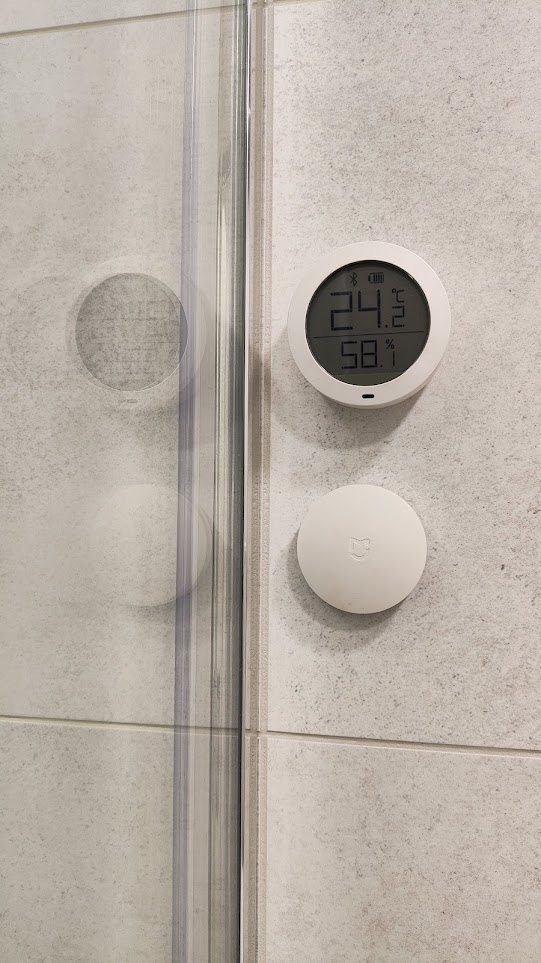
Humidity sensor.
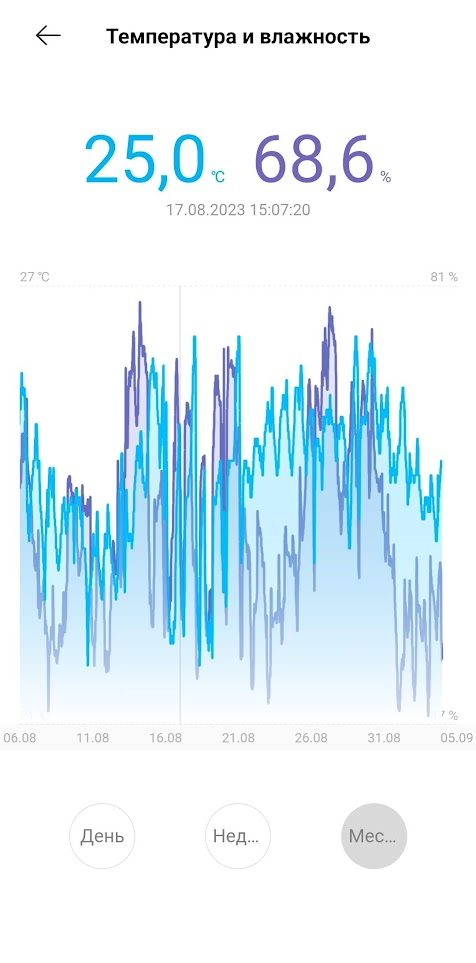
Humidity & Temperature sensor.
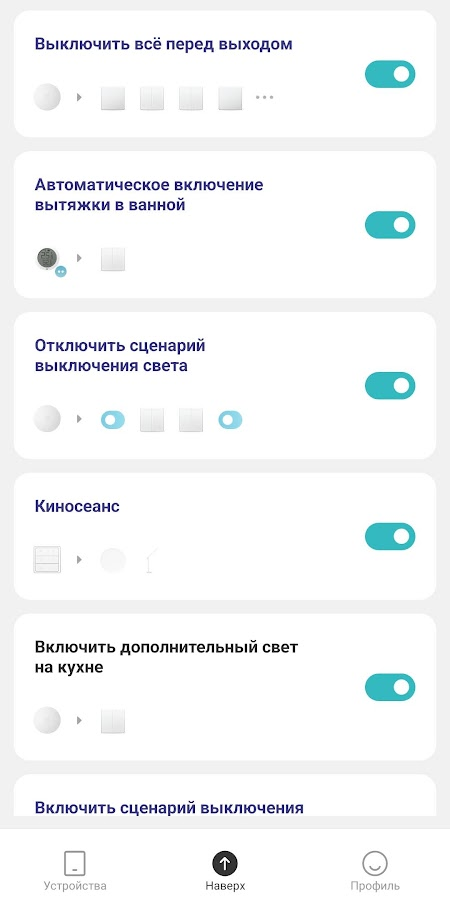
Scenario dashboard.
The use of an IoT platform for creating a Smart Home has proven itself fully because:
- It allows for controlling devices through a single interface without additional integrations;
- It does not require additional devices for data collection and transmission;
- It enables experiencing all the benefits of a Smart Home as quickly as possible.
In addition to personal projects, the company’s employees develop IoT systems for public and industrial purposes. Project descriptions are available at the link.

